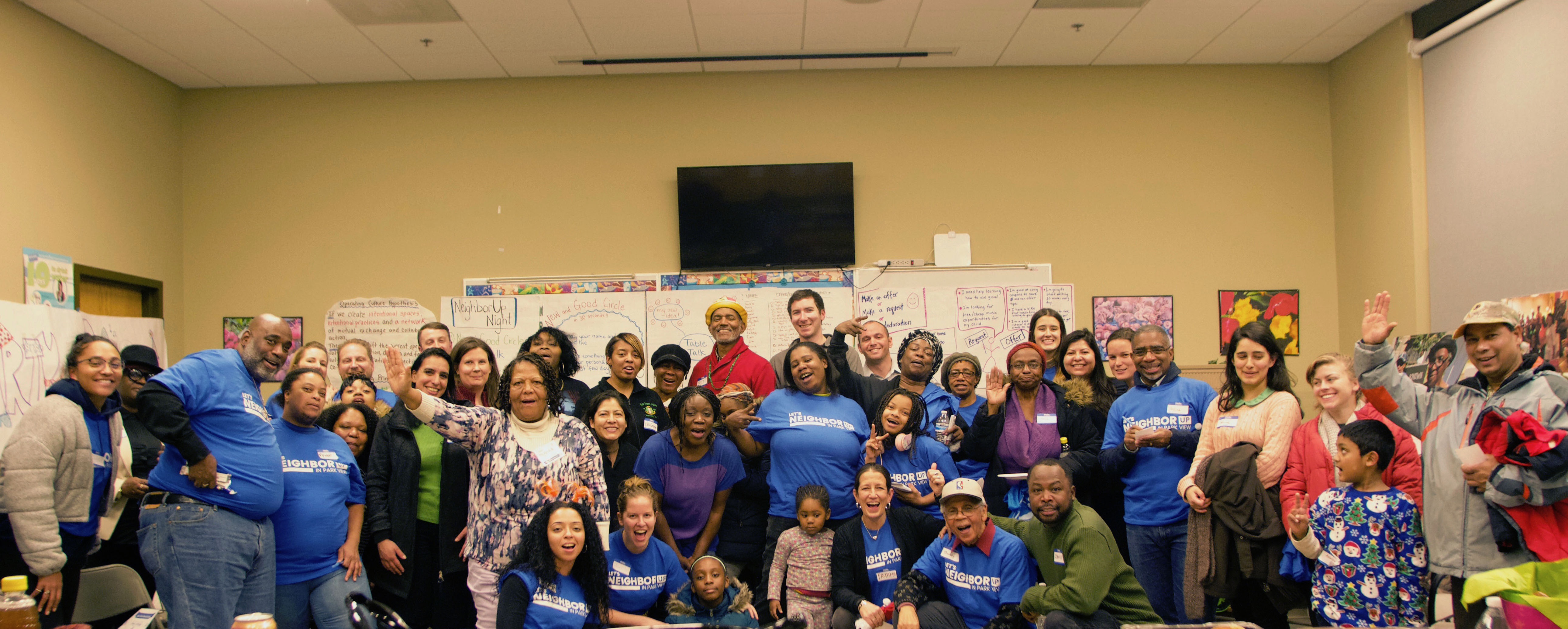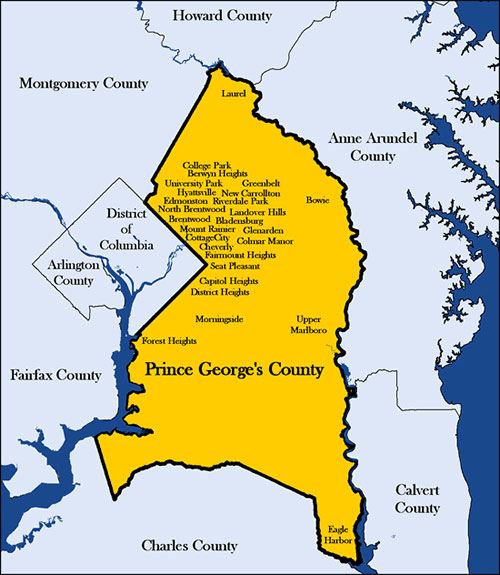Five Minutes With Suman Sorg
 The HAND network is hard at work to address the growing housing affordability challenge across the Capital Region. Five Minutes With is a series highlighting these members and other stakeholders. This informal conversation delves into their recent projects, the affordable housing industry, and more. In the latest edition, we have a conversation with Suman Sorg, Founder of A Complete Unknown. Sorg chatted with us about her extensive experience in the architecture and design space and her journey to this point. She tells us the origin and explains why she starting A Complete Unknown. She highlights what separates A Complete Unknown from other architecture firms. Check out our dialogue below:
The HAND network is hard at work to address the growing housing affordability challenge across the Capital Region. Five Minutes With is a series highlighting these members and other stakeholders. This informal conversation delves into their recent projects, the affordable housing industry, and more. In the latest edition, we have a conversation with Suman Sorg, Founder of A Complete Unknown. Sorg chatted with us about her extensive experience in the architecture and design space and her journey to this point. She tells us the origin and explains why she starting A Complete Unknown. She highlights what separates A Complete Unknown from other architecture firms. Check out our dialogue below:
HAND: You have extensive experience in the architecture and design space – can you tell us about your journey to this point?
SS: For over 26 years I grew my first firm, Sorg Architects, into one of the largest woman-owned architectural firms before its acquisition. During that time I was fortunate to have worked on projects in over 30 countries and was recognized with Fellowship in the American Institute of Architects (AIA). However, when I looked back the most meaningful work that I completed during that time were those that made the most impact on its occupants and the surrounding community. With this realization, I have now channeled my energies into this new non-profit design firm A Complete Unknown.
HAND: Tell us about how A Complete Unknown came to be. What prompted you to start this firm?
SS: With my previous firm, I did a lot of work in underserved communities or for people in need. They weren’t the largest or most glamorous buildings or the ones that made the most money but are the ones that I carry in my heart the most.
When we finished the John & Jill Ker Conway Residences in Washington, D.C., 120-units of permanent supportive housing, I was so touched by meeting the people who moved in and hearing about the impact that having this kind of housing has had on their lives. In fact, the first person to moved into the building was a guitarist in Elvis Presley’s band. After Elvis died, this gentleman joined the army and served in Vietnam. Hooked on heroin, and unable to connect with family, he landed in Washington DC after the war and was homeless ever since. At a computer room in the building, donated in part by my own family foundation which helps residents acquire basic computer skills, the staff was able to help locate his family. The joy on his face to learn that his sister lived just a few blocks away, was indescribable.
Now I want to only do buildings like these and serve communities, people, and nature in need.
HAND: What excites you about your work over the next year? Do you foresee any challenges?
SS: With A Complete Unknown, we hope to make an impact on a wide range of disadvantaged communities focusing on affordable and housing for the unhoused. There is an awareness now, that has been building for quite some time, actually, that empathetic architecture should be the norm. It’s not just what we design but how It impacts the surrounding communities, nature, and animals. The exciting part is seeing how other partners like developers or engineers are also understanding this and more importantly wanting to address this.
As for any challenges, It’s been clear to me in the first 7 months since we officially launched that there is a demand for the type of work we do. However, the big question is how can we get in front of the people who are doing this work such as non-profit developers and community leaders? If we can do that well, we can show them that we are here and are able to help you, right now.
HAND: What factor separates A Complete Unknown from other architecture firms?
SS: As a non-profit Architecture firm, we are driven by our mission which is making a difference through architecture and design in underserved communities worldwide. Therefore, the emphasis we place on equity and social justice is a critical part of what we do. We believe that good design should be accessible to all. Also, being a 501(c)3 organization we are able to pursue grants and to support our client’s philanthropic goals. Our services are offered at a discounted rate depending on the project, thus reducing the soft costs of development and helping more of these projects come to fruition.
HAND: What is one thing you wish you would have known at the beginning of your career?
SS: The act of designing and building is a long process so the relationship between a designer and client is like a marriage. You want a good partner who is going to trust you, have a good dialogue, and you can work with for a long time. We would like to get into a relationship like this with someone who matches our ethos, goals, and mission. It didn’t take me long to figure this out, but it’s especially true when working on projects where the economics are tight like affordable and housing for the homeless.
HAND: What do you think is the largest hurdle when it comes to designing spaces for underserved populations?
SS: Under-represented populations are often overlooked in a variety of ways and so there is often a lack of funding or commitment to these types of developments. When they do get funded they still tend to be underfunded for what needs to be built. This leads to buildings of lesser quality, with compromised programs and less durability. Also, these developments tend not to address the bigger picture. For example, truancy, literacy, and obesity are all issues that affect underserved communities disproportionately but are not addressed as regularly. These are the things that we also consider in every project that we take on.
HAND: What is your “why”? What keeps you motivated to continue your work in this space?
SS: In architecture school, I never heard about love, compassion, or empathy in our coursework. There is so much opportunity in the collaboration of architects, social workers, and volunteers and we need to promote listening, unselfconscious doing, and modesty in the profession. There is arguably no better sector to work with this perspective than in affordable and housing for the homeless. Being able to work collaboratively about how buildings fit within the context of the community and more importantly how they can serve those in need. That’s how we can make a difference.
With a design approach that is infused with the basic tenets of humanity, such as compassion, love and a pledge to nonviolence towards all – humans, animals and nature; we are searching for an architecture beyond one that does no harm or even withstands harm to one that can undo the harm. In this endeavor I happily find that the outcome and the path to it are both a complete unknown.
HAND: If you weren’t working in this industry, what might you be doing?
SS: Long before I became an architect my grandmother would say she thought I would be a doctor. I liked the idea as I would be doing something that helped people. But when my father met Louis Khan in Ahmedabad while working on the Management Institute and later Corbusier in Chandigarh, he suggested I look into architecture as a major in college. I did, and my artistic side fell in love. Without that guidance, I probably would have become a doctor. I have also painted for many years, so likely I would also be doing more of that.

 address the growing housing affordability challenge across the Capital Region. Five Minutes With is a series highlighting these members and other stakeholders. This informal conversation delves into their recent projects, the affordable housing industry, and more. In the latest edition, we have a conversation with Georgetown University’s Law Professor Anthony Cook. Cook chatted with us about his journey and how he landed in the community development industry. He explains the origin story of GateBridge, his forthcoming affordable housing community that will provide opportunities for renters to become homeowners and workers to become business owners. He highlights what sets GateBridge apart from other communities. Check out our dialogue below:
address the growing housing affordability challenge across the Capital Region. Five Minutes With is a series highlighting these members and other stakeholders. This informal conversation delves into their recent projects, the affordable housing industry, and more. In the latest edition, we have a conversation with Georgetown University’s Law Professor Anthony Cook. Cook chatted with us about his journey and how he landed in the community development industry. He explains the origin story of GateBridge, his forthcoming affordable housing community that will provide opportunities for renters to become homeowners and workers to become business owners. He highlights what sets GateBridge apart from other communities. Check out our dialogue below:
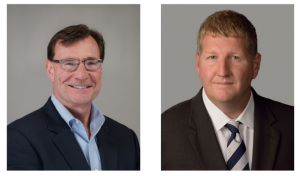
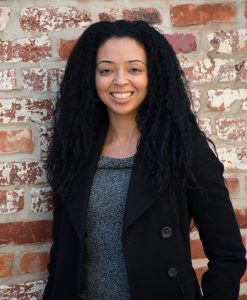 Region. Five Minutes With is a series highlighting these members and other stakeholders. This informal conversation delves into their recent projects, the affordable housing industry and more. In the latest edition, we chat with a new addition to our team, LaToya Thomas, HAND’s new Housing Indicator Tool Policy Director. Check out our conversation below, and you can learn more about the Housing Indicator Tool
Region. Five Minutes With is a series highlighting these members and other stakeholders. This informal conversation delves into their recent projects, the affordable housing industry and more. In the latest edition, we chat with a new addition to our team, LaToya Thomas, HAND’s new Housing Indicator Tool Policy Director. Check out our conversation below, and you can learn more about the Housing Indicator Tool 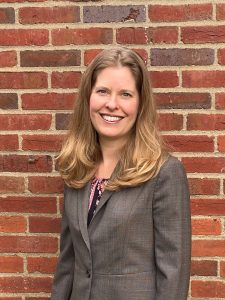 Combined with her deep knowledge of Arlington and strong interpersonal skills, she was the top candidate in a national search. In her new role, Ms. Venezia will direct the
Combined with her deep knowledge of Arlington and strong interpersonal skills, she was the top candidate in a national search. In her new role, Ms. Venezia will direct the  HAND members are working day in and day out to address the growing housing affordability challenge across the Capital Region. Five Minutes With is a series highlighting these individuals and organizations within our membership. This informal conversation asks HAND members about their recent projects, the affordable housing industry and more. In the latest edition, we chat with Moha Thakur, Public Engagement and Policy Associate for
HAND members are working day in and day out to address the growing housing affordability challenge across the Capital Region. Five Minutes With is a series highlighting these individuals and organizations within our membership. This informal conversation asks HAND members about their recent projects, the affordable housing industry and more. In the latest edition, we chat with Moha Thakur, Public Engagement and Policy Associate for 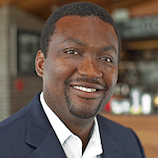 HAND members are hard at work across the region addressing the growing housing affordability challenge. “Five Minutes With” is a series highlighting these individuals and organizations within our membership. This informal conversation asks HAND members about their recent projects, the affordable housing industry and more. In the latest edition, we have a dialogue with Ernst Valery, Co-managing member of SAA | EVI and member of HAND’s Board of Directors.
HAND members are hard at work across the region addressing the growing housing affordability challenge. “Five Minutes With” is a series highlighting these individuals and organizations within our membership. This informal conversation asks HAND members about their recent projects, the affordable housing industry and more. In the latest edition, we have a dialogue with Ernst Valery, Co-managing member of SAA | EVI and member of HAND’s Board of Directors.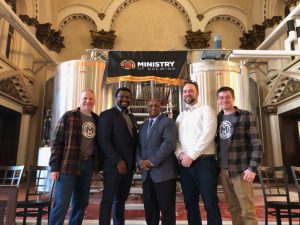
 HAND: Can you speak to how it will impact the surrounding community?
HAND: Can you speak to how it will impact the surrounding community?
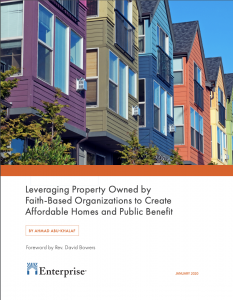 like the rise in construction material costs and shortage in skilled construction labor, has been driving the cost of residential development, impacting developers’ ability to create affordable homes. Through effective partnerships and informed decision-making processes, faith-based organizations (FBOs) who own underutilized or vacant property are able to repurpose their property to create affordable homes and public benefit. This publication assists FBOs and community stakeholders interested in advancing this strategy with understanding what it takes to successfully and effectively implement this solution and the different implementation approaches that can be pursued.
like the rise in construction material costs and shortage in skilled construction labor, has been driving the cost of residential development, impacting developers’ ability to create affordable homes. Through effective partnerships and informed decision-making processes, faith-based organizations (FBOs) who own underutilized or vacant property are able to repurpose their property to create affordable homes and public benefit. This publication assists FBOs and community stakeholders interested in advancing this strategy with understanding what it takes to successfully and effectively implement this solution and the different implementation approaches that can be pursued.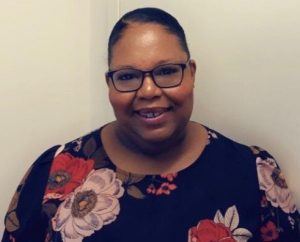 HAND members are working tirelessly in all of our jurisdictions to creating thriving communities for all. “Five Minutes With” is a series highlighting the great work that our membership is doing across the region. This informal conversation asks HAND members about their recent projects, the affordable housing industry and more. In the latest edition, we have a dialogue with Angie Rodgers, the newly named Deputy Chief Administrative Officer (DCAO) for Economic Development for Prince George’s County, Maryland. Angie comes to the County from the District of Columbia where she most recently served as the Chief of Staff to the Deputy Mayor for Planning and Economic Development.
HAND members are working tirelessly in all of our jurisdictions to creating thriving communities for all. “Five Minutes With” is a series highlighting the great work that our membership is doing across the region. This informal conversation asks HAND members about their recent projects, the affordable housing industry and more. In the latest edition, we have a dialogue with Angie Rodgers, the newly named Deputy Chief Administrative Officer (DCAO) for Economic Development for Prince George’s County, Maryland. Angie comes to the County from the District of Columbia where she most recently served as the Chief of Staff to the Deputy Mayor for Planning and Economic Development.